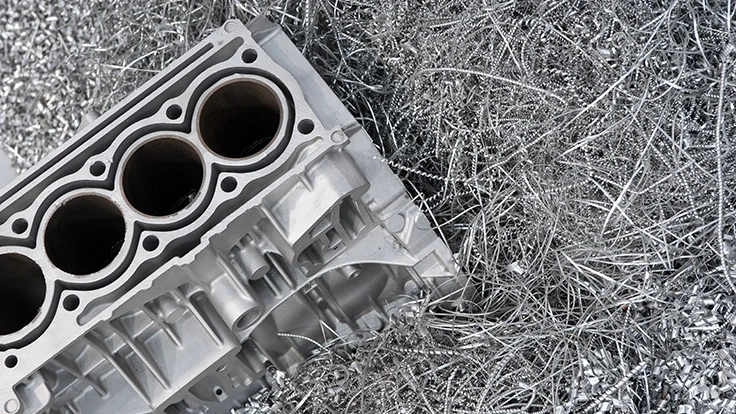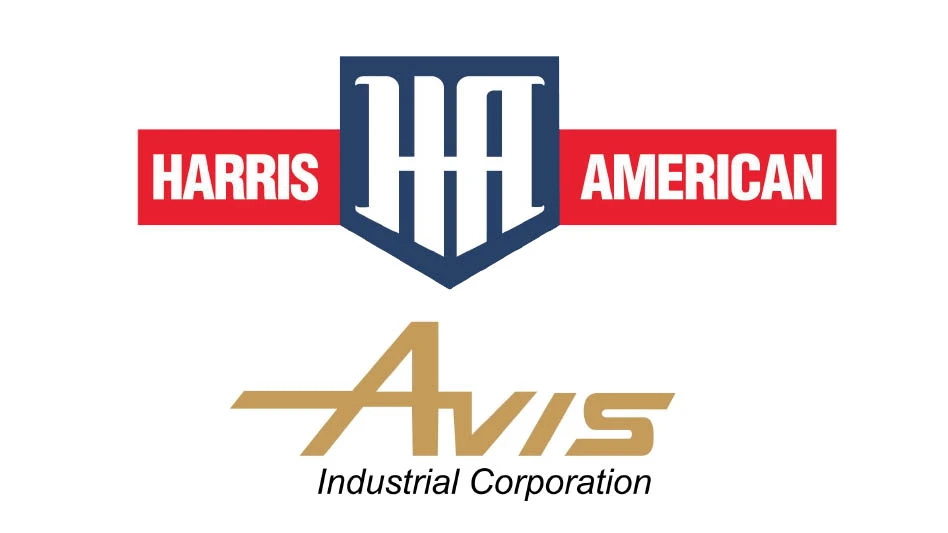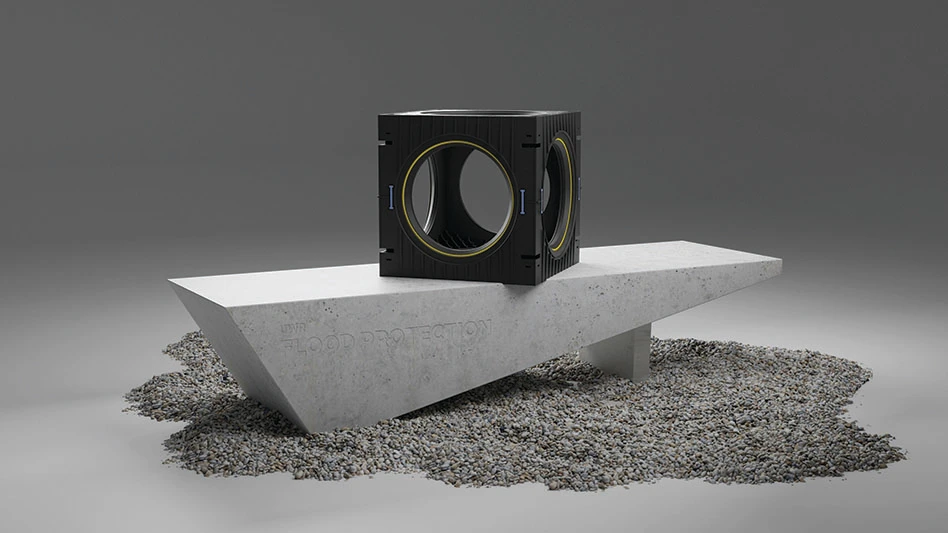
Lightweight metals producer Alcoa has announced that its board of directors has unanimously approved a plan to separate into two independent, publicly traded companies, culminating Alcoa’s successful multiyear transformation.
The separation will launch two Fortune 500 companies, according to Aloca: an upstream company that will comprise five business units that today make up Alcoa Global Primary Products, bauxite, alumina, aluminum, casting and energy; and an innovation and technology-driven value-add company that will include global rolled products, engineered products and solutions and transportation and construction solutions.
After the separation, the upstream company, with its strong history in the aluminum and alumina markets, will operate under the Alcoa name. The value-add company will be named prior to closing.
Alcoa says the transaction is expected to be completed in the second half of 2016. At that point Alcoa shareholders will own all of the outstanding shares of both the upstream and value-add companies. The separation is intended to qualify as a tax-free transaction to Alcoa shareholders for U.S. federal income tax purposes, the company says.
Both entities will be capitalized prudently, with the value-add company targeting an investment grade rating, and the upstream company targeting a strong noninvestment grade rating, according to Alcoa.
“In the last few years, we have successfully transformed Alcoa to create two strong value engines that are now ready to pursue their own distinctive strategic directions,” says Klaus Kleinfeld, chairman and chief executive officer of Alcoa. “After steering the company through the deep downturn of 2008, we immediately went to work reshaping the portfolio. We have repositioned the upstream business; we have an enviable bauxite position and are unrivalled in alumina, we have optimized aluminum, flexed our energy assets and turned our casthouses into a commercial success story. The upstream business is now built to win throughout the cycle.”
Kleinfeld continues, “Our multimaterial value-add business is a leader in attractive growth markets. We have intensified innovation, made successful acquisitions, shed businesses without product differentiation, invested in smart organic growth, expanded our multimaterials profile and brought key technologies to market, all while significantly increasing profitability.
“Inventing and reinventing has defined our company throughout its 126-year history,” he continues. “With the unanimous support of Alcoa’s board, we now take the next step—launching two leading-edge companies, each with distinct and compelling opportunities, and each ready to seize the future.”
Upon completion of the transaction, Kleinfeld will lead the value-add company as chairman and chief executive officer. He also will serve as chairman of the upstream company for the critical initial phase, ensuring a smooth and effective transition, Alcoa says.
Each company will have its own independent board of directors that will include members of the current Alcoa board. Full management teams and boards for both companies will be named in the months leading up to the launch of the two companies in the second half of 2016.
After the separation, the upstream company’s footprint will include 64 facilities worldwide and approximately 17,000 employees. Its asset base will include the world’s largest bauxite mining portfolio, with 46 million bone dry metric tons of production in 2014.
The upstream company’s alumina refining system will be the world’s largest, with operations well-positioned to serve major adjacent growth markets in Asia, the Middle East, and Latin America, according to Alcoa.
The company will be the world’s fourth largest aluminum producer. Alcoa has aggressively reshaped its alumina and primary metals segments, closing, divesting or curtailing 1.4 million metric tons, or 33 percent, of total smelting operating capacity since 2007.
After the separation, the value-add company will provide high-performance multimaterial products and solutions with 157 globally diverse operating locations and approximately 43,000 employees.
Alcoa says the value-add company will be positioned for growth by increasing its share in growing end markets and “leveraging significant customer synergies across the midstream and downstream portfolios.” The company will be a supplier to the high-growth aerospace industry. Approximately 40 percent of the company’s pro-forma revenue for the 12 months through June 30, 2015, came from the aerospace market.
The company also will be at the forefront of capturing demand for aluminum intensive vehicles through Alcoa’s recent rolling mill capacity expansions and the commercialization of breakthrough technologies, such as the Micromill, the company says. Automotive revenues are expected to increase 2.4 times from 2014 to $1.8 billion in 2018.
Additionally, the value-add company will be a leader in aluminum commercial truck wheels and will hold the No. 1 market position in North American architectural systems, Alcoa says.
Alcoa says it is targeting to complete the separation in the second half of 2016. The transaction is subject to certain conditions, including, among others, obtaining final approval by Alcoa’s board of directors, receipt of a favorable opinion of legal counsel with respect to the tax-free nature of the transaction for U.S. federal income tax purposes and effectiveness of a Form 10 registration statement to be filed with the U.S. Securities and Exchange Commission. Alcoa says it may at any time and for any reason until the proposed transaction is complete abandon the separation or modify or change its terms.
Get curated news on YOUR industry.
Enter your email to receive our newsletters.Latest from Recycling Today
- Enfinite forms Hazardous & Specialty Waste Management Council
- Combined DRS, EPR legislation introduced in Rhode Island
- Eureka Recycling starts up newly upgraded MRF
- Reconomy Close the Gap campaign highlights need for circularity
- Nickel carbonate added to Aqua Metals’ portfolio
- EuRIC, FEAD say End-Of-Life Vehicle Regulation presents opportunity for recyclers
- Recyclers likely to feel effects of US-China trade war
- BCMRC 2025 session preview: Navigating battery recycling legislation and regulations






